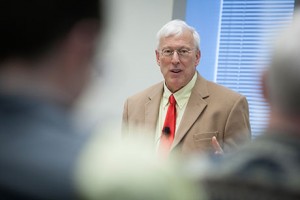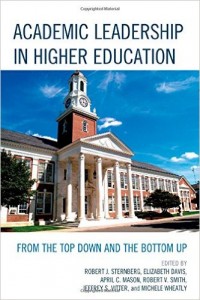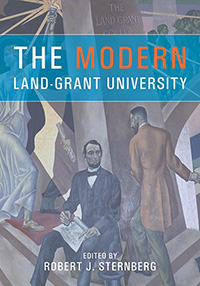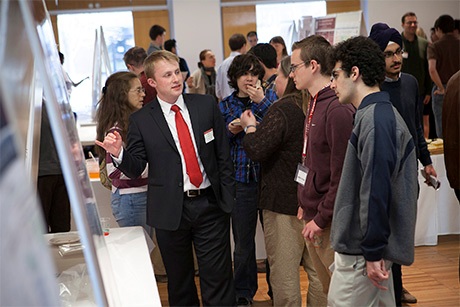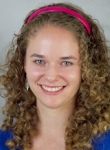By Ted Boscia
Reprinted from Cornell Chronicle, April 13, 2015
For decades, sexism in higher education has been blamed for blocking women from landing academic positions in STEM (science, technology, engineering and mathematics) fields.
But a new study by Cornell psychologists suggests that era has ended, finding in experiments with professors from 371 colleges and universities across the United States that science and engineering faculty preferred women two-to-one over identically qualified male candidates for assistant professor positions.
Published online April 13 in the Proceedings of the National Academy of Sciences, the paper, “National Hiring Experiments Reveal 2:1 Faculty Preference For Women on STEM Tenure Track,” by Wendy M. Williams, professor of human development, and Stephen J. Ceci, the Helen L. Carr Professor of Developmental Psychology, both in Cornell’s College of Human Ecology, argues that the academic job market has never been better for women Ph.D.s in math-intensive fields.
Williams and Ceci conducted five randomized controlled experiments with 873 tenure-track faculty in all 50 U.S. states to assess gender bias. In three studies, faculty evaluated narrative summaries describing hypothetical male and female applicants for tenure-track assistant professorships in biology, economics, engineering and psychology. In a fourth experiment, engineering faculty evaluated full CVs instead of narratives, and in a fifth study, faculty evaluated one candidate (either a man or identically qualified woman) without comparison to an opposite-gender candidate. Candidates’ personalities were systematically varied to disguise the hypotheses.
The only evidence of bias the authors discovered was in favor of women; faculty in all four disciplines preferred female applicants to male candidates, with the exception of male economists, who showed no gender preference.
In some conditions, Williams and Ceci also matched applicants on job qualifications and lifestyle characteristics such as marital and parental status and used contrasting lifestyles in others. They examined attributes such as being a single mother, having a stay-at-home partner and past choices about taking parental leave. These experiments revealed that female faculty preferred divorced mothers over married fathers and male faculty preferred mothers who took leaves over mothers who did not.
“Efforts to combat formerly widespread sexism in hiring appear to have succeeded,” Williams and Ceci write. “Our data suggest it is an auspicious time to be a talented woman launching a STEM tenure-track academic career, contrary to findings from earlier investigations alleging bias, none of which examined faculty hiring bias against female applicants in the disciplines in which women are underrepresented. Our research suggests that the mechanism resulting in women’s underrepresentation today may lie more on the supply side, in women’s decisions not to apply, than on the demand side, in anti-female bias in hiring.”
“Women struggling with the quandary of how to remain in the academy but still have extended leave time with new children, and debating having children in graduate school versus waiting until tenure, may be heartened to learn that female candidates depicted as taking one-year parental leaves in our study were ranked higher by predominantly male voting faculties than identically qualified mothers who did not take leaves,” the authors continue.
Real-world academic hiring data validate the findings, too. The paper notes recent national census-type studies showing that female Ph.D.s are disproportionately less likely to apply for tenure-track positions, yet when they do they are more likely to be hired, in some science fields approaching the two-to-one ratio revealed by Williams and Ceci.
The authors note that greater gender awareness in the academy and the retirement of older, more sexist faculty may have gradually led to a more welcoming environment for women in academic science.
Despite these successes, Williams and Ceci acknowledge that women face other barriers to entry during adolescence and young adulthood, in graduate school and later in their careers as academic scientists, particularly when balancing motherhood and careers. They are currently analyzing national data on mentorship, authorship decisions and tenure advice, all as a function of gender, to better understand women and men’s decisions to apply to, and persist in, academic science.
Ted Boscia is director of communications and media for the College of Human Ecology.


